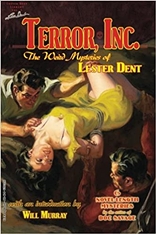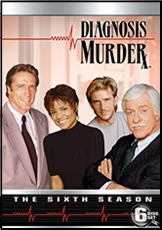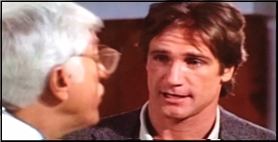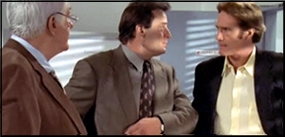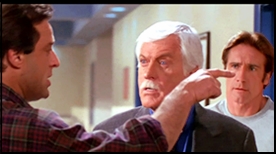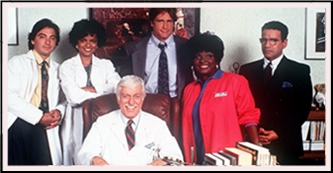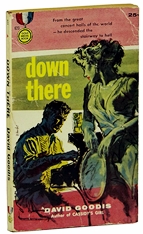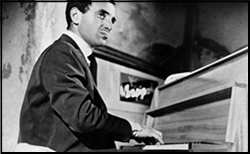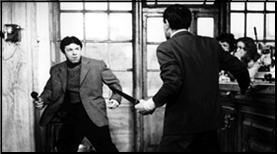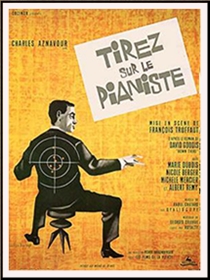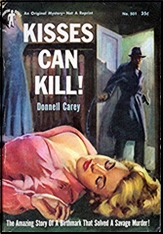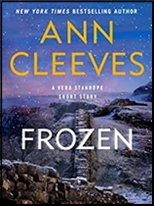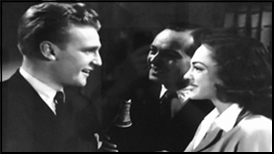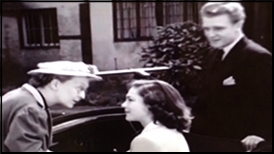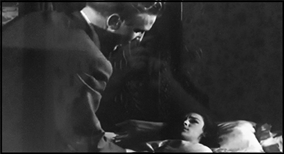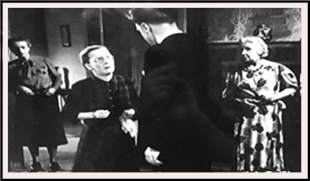REVIEWED BY DAVID VINEYARD:
â— THE STEEL KEY. Eros Films, UK, 1953. Terence Morgan, Joan Rice, Raymond Lovell, Diane Foster, Esmond Knight. Screenplay: John Gilling & Roy Chanslor. Directed by Robert S. Baker.
â— SALUTE THE TOFF. Nettlefold Studios, 1952. John Bentley, Carol Marsh, Roddy Hughes, Wally Patch, Valentine Dyall, Arthur Hill, Peter Bull, Tony Britton, Sheilagh Fraser. Screenplay John Creasey, based on his novel of the same title. Directed by Maclean Rogers.

As The Steel Key begins, Inspector Forsythe (Raymond Lovell) of the Yard is waiting at Heathrow when Johnny O’Flynn (Terence Morgan) arrives and none too happy to see him. O’Flynn is what used to be known as a “Gentleman Adventurer†and has a history of playing fast and loose with the law. In fact Forsythe isn’t entirely sure O’Flynn hasn’t stolen and then “recovered†and collected the reward on a few items in the past.
This time he’s on the trail of the “steel key,†a process for hardening metals that is not only vital to industry but also national security. The formula is held by two scientists, Professor Newman in England, and Dr. Metcalfe in the States, and O’Flynn has shown up pretending to be Metcalfe.
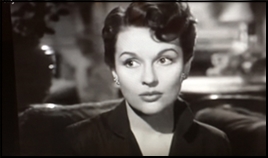
Things get more complicated when O’Flynn manages to avoid Forsythe and shows up at Newman’s home in time for the Professor’s funeral where his attractive widow Sylvia (Diane Foster) is obviously not in mourning and obviously attracted to O’Flynn.
O’Flynn wants Newman’s formula and Sylvia wants Metcalfe’s, and there is a lot of obvious conspirators surrounding the dangerous black widow.
Pretty Doreen Wilson (Joan Rice) gets involved and soon it turns up Newman may not be as dead as advertised, while the real Metcalfe shows up complicating things for O’Flynn who finds himself hunted by Scotland Yard for a murder he didn’t commit (not that it ever bothers him much, he eludes the Yard with the skill of Houdini).
It’s a pretty standard British crime film, attractively played by Morgan as the charming roguish O’Flynn, and works up to a fairly well done chase and a pretty good climax at sea.
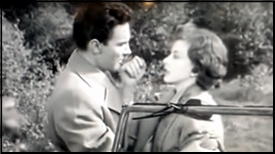
Nothing special, save for one thing.
Without ever saying it, without trying too hard, it’s the Saint. It is so obviously the Saint I’m shocked Leslie Charteris didn’t sue. In fact it is so much the Saint Morgan behaves exactly like Simon Templar, replete with his witty repartee with Inspector Teal — I mean Forsythe — and even down to Morgan having the same bouffant hair-do as Roger Moore nine years later.
And there is the fact of the director, Robert S. Baker (The Siege of Sydney Street, The Hellfire Club, Jack the Ripper), who only directed ten films, but was rather better known as the producer of the Saint television series with Roger Moore.
Granted it was nine years before Baker succeeded in putting the Saint on television, but it is hard to see this as anything but a pilot, albeit a nine year old one, as it plays almost exactly as an episode of the series, only missing the signature theme and Morgan glancing bemusedly at his halo a la Moore.
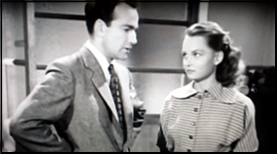
Salute the Toff, starring John Bentley, who was also Paul Temple, is the first entry in the two film series with a screenplay by Creasey based on his novel with the entire cast, Jolly (Hughes), Bert Ebbutts (Patch), and Inspector Grice (Dyall) in an even better and faster moving adventure than Hammer the Toff which I reviewed earlier.
Secretary Fay Gretton is concerned her boss John Draucott is missing and despite being dismissed by Canadian crime reporter Ted Harrison (Arthur Hill, very young, very tall, and very thin pre-Owen Marshall days) who never-the-less points out Richard Rollinson, the Toff, to her at a club.
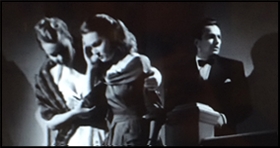
She calls on Rolly and in short order he finds a body in Draycott’s flat, but it isn’t Draycott, instead it is the son of wealthy Mortimer Harvey whose daughter Draycott is engaged to.
Lorne (Peter Bull) and his cut-throats killed the younger Harvey and are after paper’s Draycott has that might incriminate the elder Harvey. Rolly puts Jolly on the trail of Draycott as he foils a trap set for Fay to get the papers involved, and it all comes to a head with a chase, a kidnapping, and a pair of twists in a fast moving film that like its sequel, does do justice to Creasey’s gentleman sleuth.
Both films are currently on YouTube (here and here, along with Hammer the Toff), and depending on your tolerance for such things an entertaining way to spend an evening with two of the best of the gentleman adventurers. All the Paul Temple films are available too, so if you plan a weekend of British thrillers, you are set.

